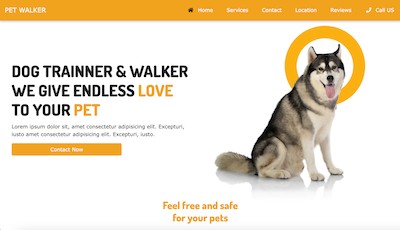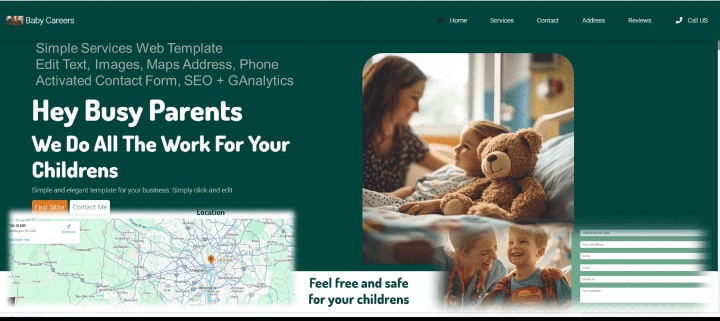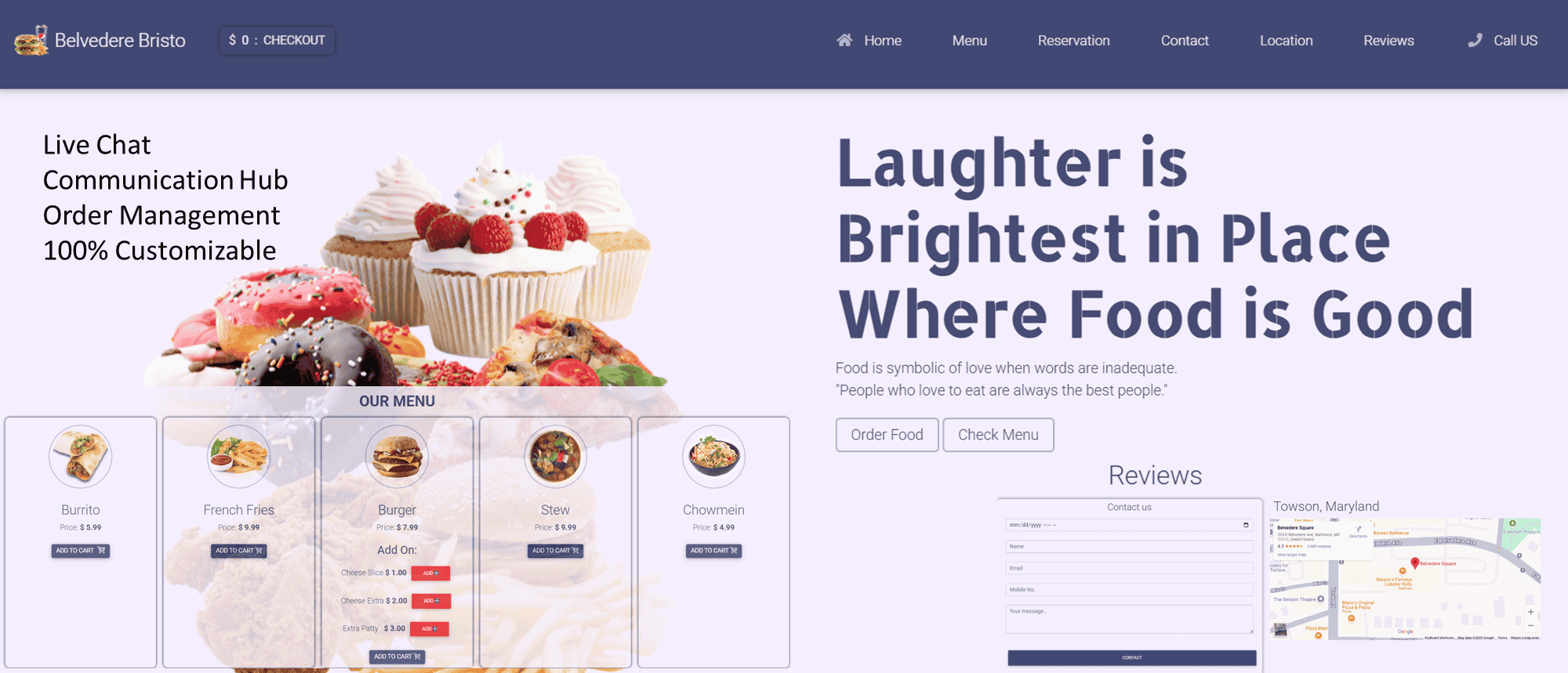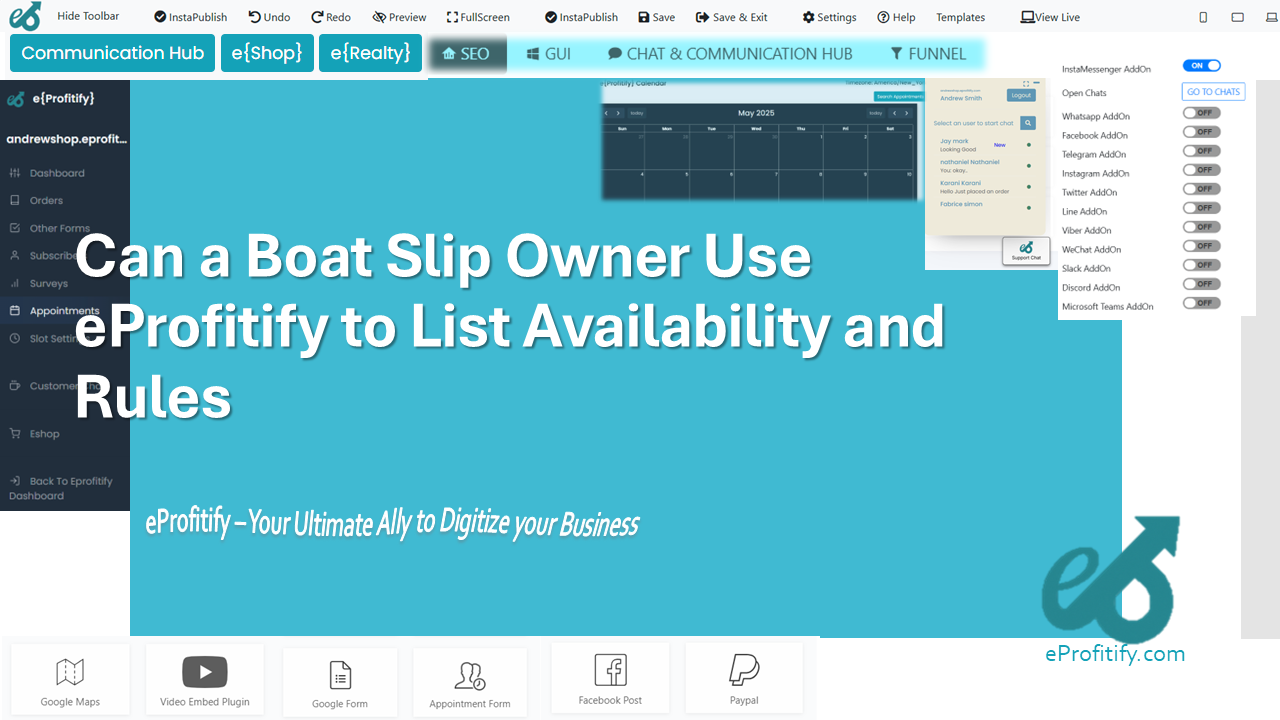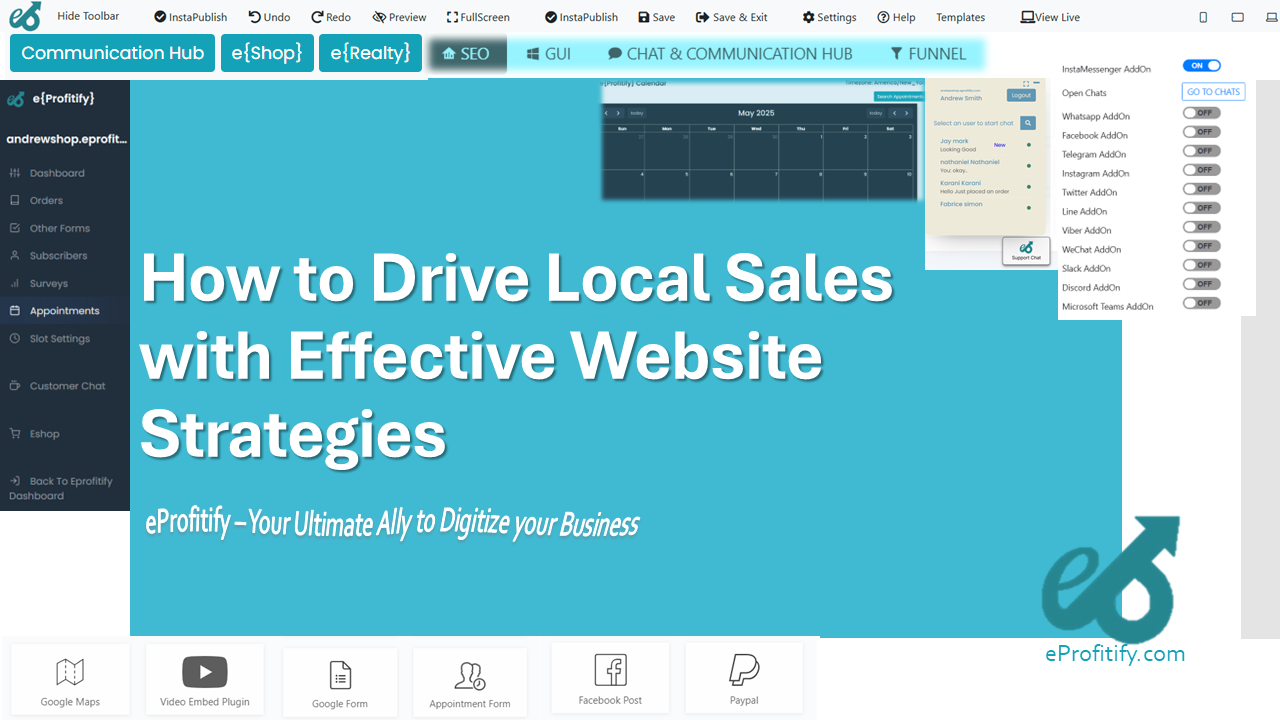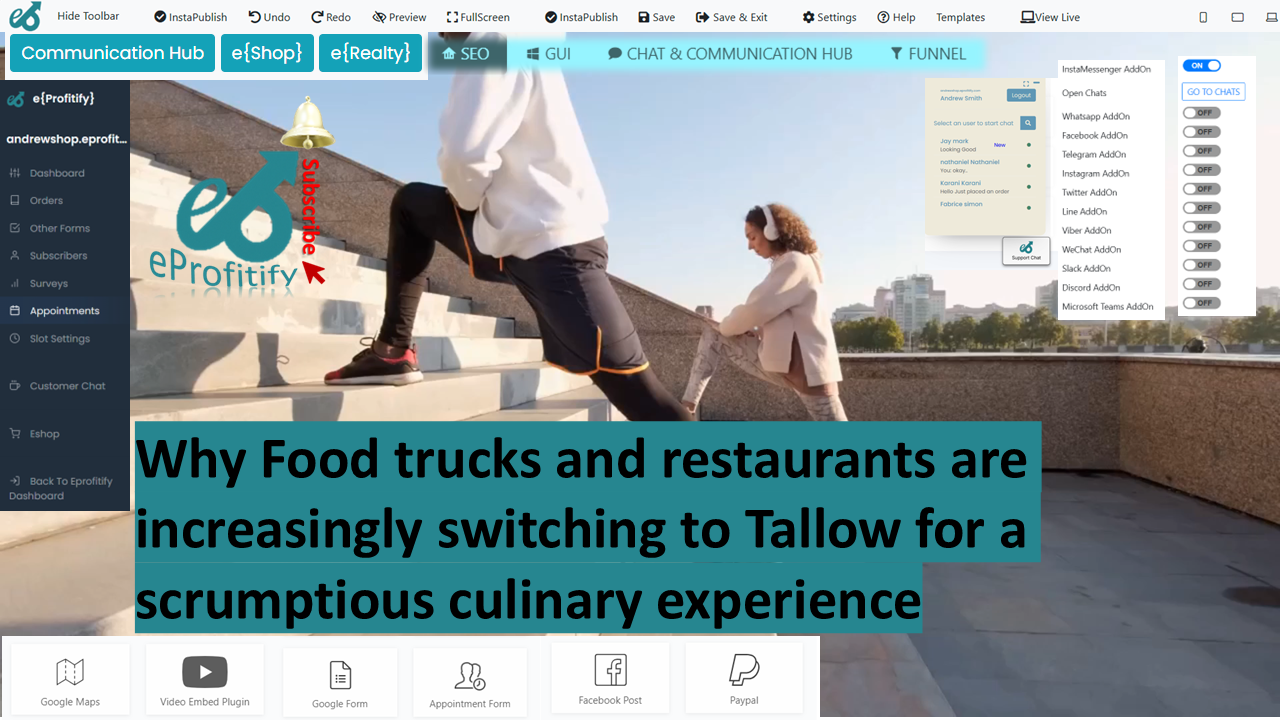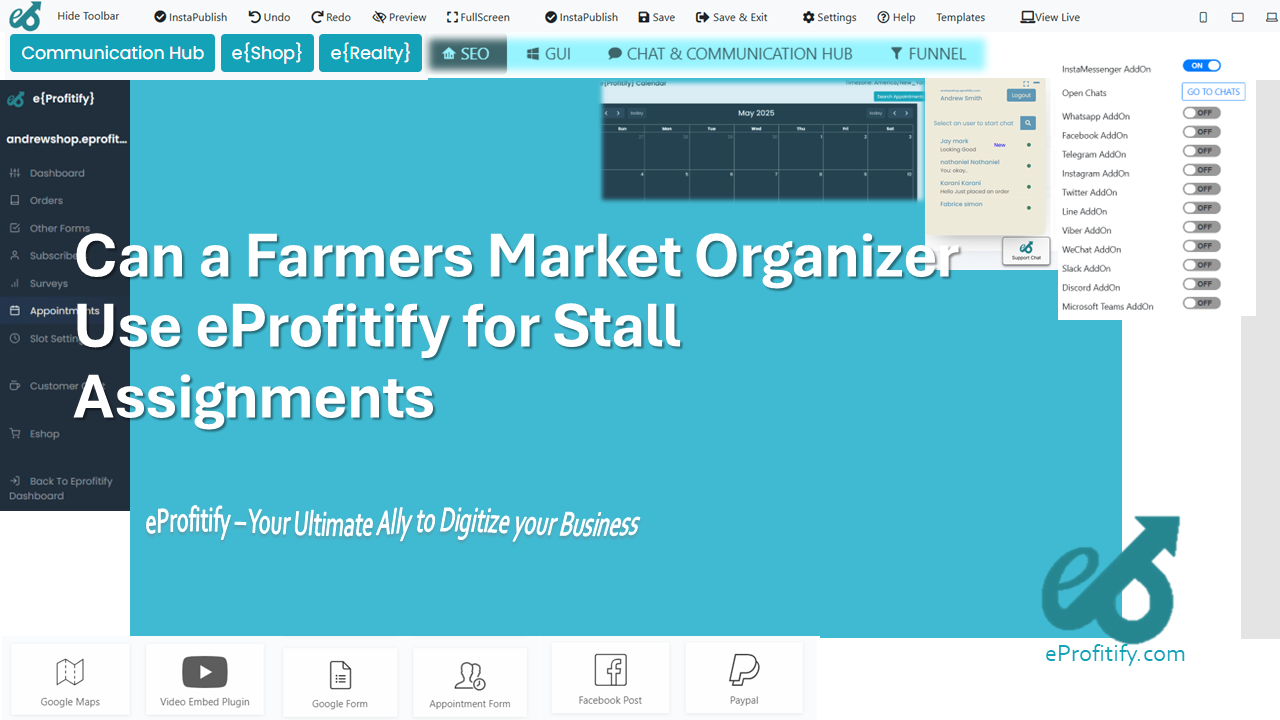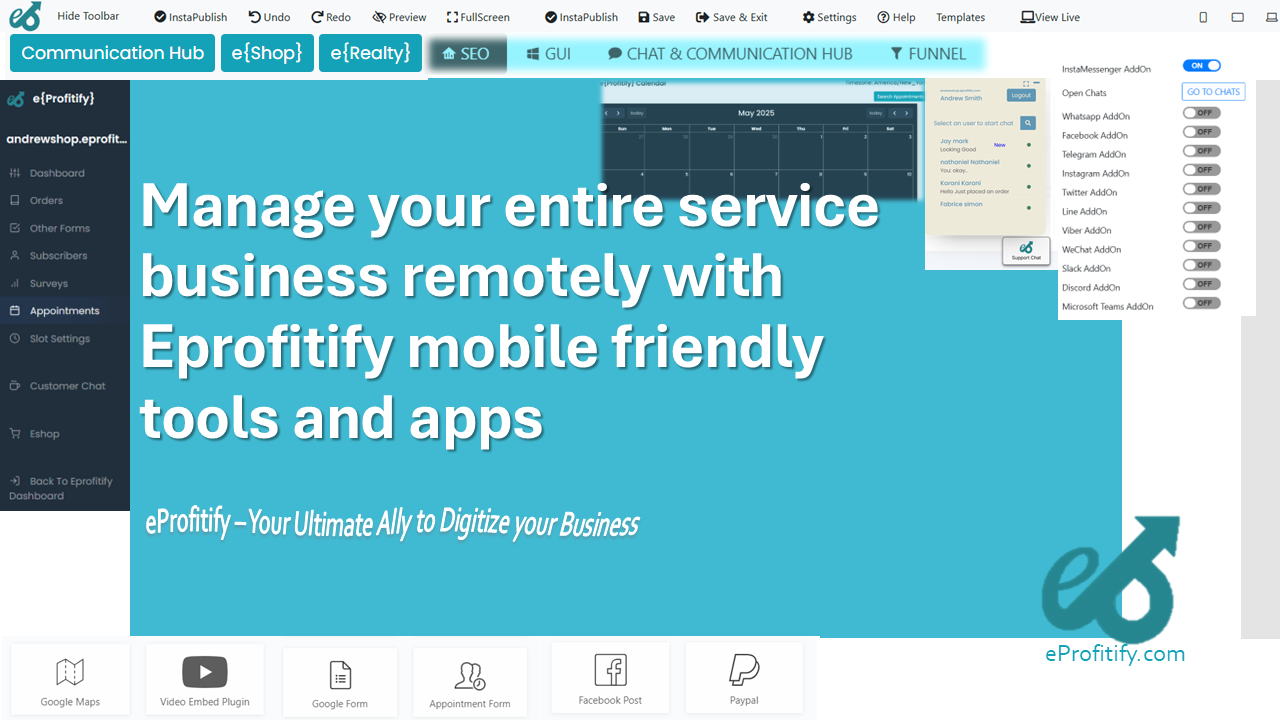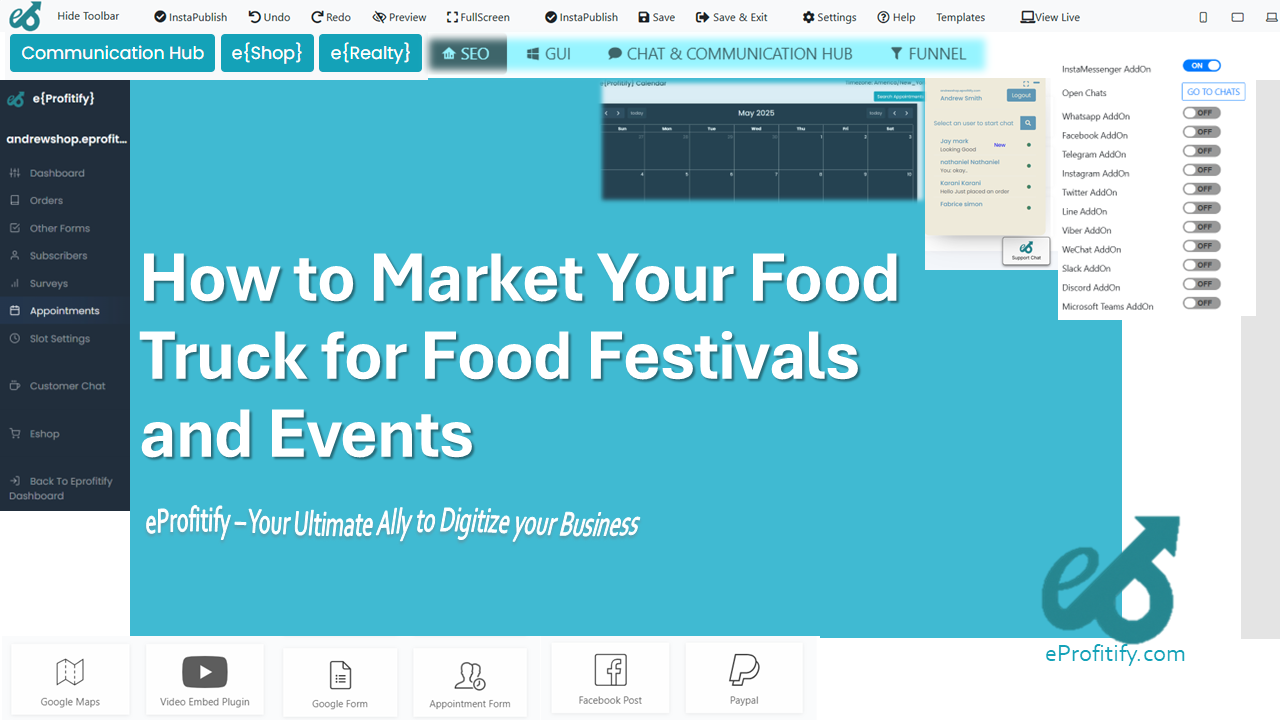How to Name Your Business if You Offer Multiple Services
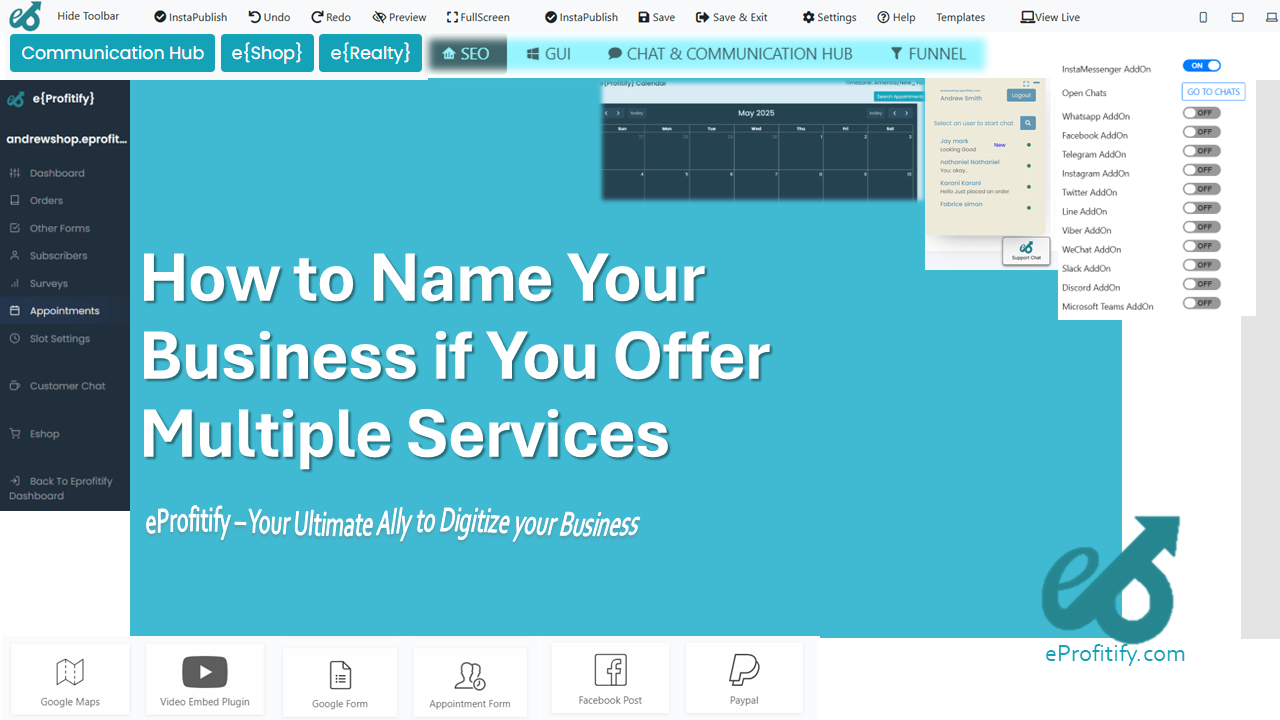
Schedule a LIVE Zoom call with an eProfitify Expert.
How to Name Your Business if You Offer Multiple Services
Naming a business that offers multiple services can be challenging. The name must encapsulate your brand’s essence, resonate with your audience, and remain flexible enough to accommodate diverse offerings. A well-chosen name strengthens credibility, boosts memorability, and supports scalability. Below are actionable strategies, supported by statistics, to help entrepreneurs craft a compelling business name.
1. Focus on Core Services First
Identify a primary service or overarching theme that defines your business. For example, if you offer marketing, design, and web development, terms like “Creative Solutions” or “Digital Innovations” convey versatility. According to the U.S. Small Business Administration, 23% of startups fail due to branding issues, including vague or misleading names. Anchoring your name to a core competency ensures clarity while leaving room for expansion.
2. Use an Umbrella Term
Terms like “Group,” “Hub,” or “Collective” signal a multi-service business. “TechHub Collective” or “Health & Wellness Group” immediately communicate diversity. A Nielsen study found that 64% of consumers prefer businesses with names that reflect their offerings, making umbrella terms ideal for balancing specificity and breadth.
3. Blend Words Creatively
Combine words representing your services into a unique name. For instance, “DesignTech” merges design and technology, while “HealthFit Solutions” blends health and fitness. This approach enhances memorability and relevance. A 2023 Statista report revealed that 72% of businesses with blended names saw higher brand recall compared to literal names.
4. Incorporate Geographic or Demographic Clues
Add a location or target audience to differentiate your brand. “Brooklyn Marketing Co.” or “GenZ Media” helps local or niche markets identify with your services. Stanford University research shows that businesses with geographic identifiers attract 40% more local clients due to perceived community alignment.
5. Highlight Your Unique Selling Proposition (USP)
Use your name to emphasize what sets you apart. If your services prioritize speed, consider “QuickLaunch Solutions.” If sustainability is your focus, “EcoForward Group” works. According to a 2023 Edelman survey, 81% of consumers choose brands whose values align with theirs, making USPs a powerful naming tool.
6. Test for Flexibility
Avoid overly narrow names like “JustPrinting” if you plan to expand. Test potential names with phrases like “and more” (e.g., “DesignWorks and More”) to gauge scalability. A Harvard Business Review analysis found that 34% of rebranding efforts stemmed from names too restrictive for growth.
7. Check Domain Availability and Trademarks
Ensure your name has an available domain and isn’t trademarked. Use tools like GoDaddy or USPTO.gov to verify. Verisign reported in 2023 that 60% of businesses changed their initial name due to domain conflicts, highlighting the importance of due diligence.
8. Leverage Tools Like eProfitify for Cohesive Branding
Once you’ve chosen a name, streamline operations with platforms like eProfitify, a leading website publishing and management tool. Its features—such as instant messaging, appointment management, ecommerce integration, and CRM—help businesses manage multiple services efficiently. For example, use its CRM to track client interactions across services or its appointment system to coordinate consultations. By centralizing operations, eProfitify ensures your business name gains traction through seamless customer experiences.
9. Use Feedback to Refine
Survey your target audience or use platforms like PickFu to test name options. A 2023 Upwork study found that businesses that incorporated feedback during naming saw 50% faster brand recognition.
10. Stay Memorable, Not Generic
Avoid overly broad terms like “General Services LLC.” Instead, opt for distinctive names like “OmniServe” or “Vertex Ventures.” The Harris Poll found that 67% of consumers struggle to recall generic business names, whereas unique names foster lasting impressions.
Conclusion
Naming a multi-service business requires balancing clarity, flexibility, and creativity. By aligning your name with core offerings, leveraging umbrella terms, and using tools like eProfitify to unify operations, you create a foundation for scalable growth. With 55% of consumers citing business names as a key factor in initial trust (Edelman, 2023), your choice directly impacts long-term success. Invest time in crafting a name that reflects your vision, resonates with audiences, and adapts to future opportunities.
